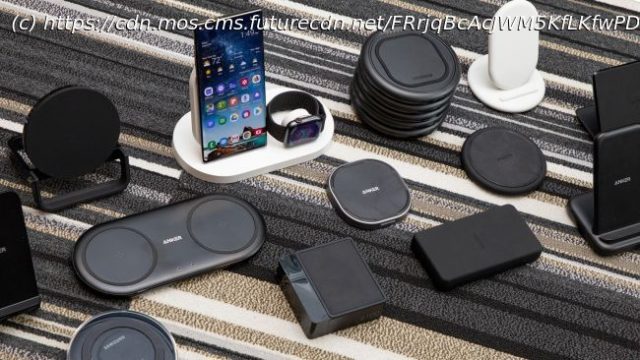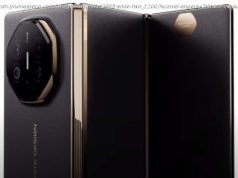Join us as we peer into our Qi-powered crystal ball of speculative delights…
It seems like just yesterday when the Nokia Lumia 920 blew our collective minds when it became the first smartphone to offer built-in wireless charging. Sure, it took an age to actually charge, but it was, in our minds, the beginning of the glorious cable-free revolution. Shackled by the confines of wires no longer, the human race would live out Nikola Tesla’s vision, propelling itself towards a new age of peace, prosperity, and technological innovation. While things haven’t progressed quite as far as our younger selves may have hoped, things have still come on a heck of a long way. Today, we have handsets like the Xiaomi Mi 11 Ultra which is capable of 67W wireless charging. That is, quite frankly, rather ridiculous, and showcases how far we’ve come in just a few years. Able to charge up from the brink of death to 100 percent in just under 40 minutes, it charges faster than most phones could manage with even a cable. Fancy outliers aside, wireless charging has become more widespread. People are stealthily including wireless charging pads into furniture like tables and lamps, both at home and in coffee shops. Cars have them built in too, and you can even use some phones to wirelessly charge other phones or devices like earbuds, simply by placing them on the back of the handset. So where do we go from here? Have we reached the pinnacle of convenient wireless charging? Not quite. The most immediate improvement we can expect to see over the next few years takes existing wireless charging tech and beefs it up in a few key ways. Before we dive in though, here’s a quick rundown of how your current phone is able to wirelessly charge. If you take a copper coil and pass electricity through it, it creates an electromagnetic field. Wireless charging pads and phones have these coils built into them. When both coils are placed next to each other (for example, when you pop your phone on a charging pad), these electromagnetic waves interfere with each other, and the larger field from the charging pad coil provides energy to the smaller one in your phone, charging up its battery. The problem with this, which you’ll have noticed if you use wireless charging, is that the coils have to not only be in incredibly close proximity, but also the placement has to be just right. If your phone isn’t placed in exactly the right spot, it wont charge, and you could wake up to discover that your phone died overnight. That isn’t ideal. US-based company Aira is looking to drastically improve things by creating a wireless charging solution that uses multiple coils across a larger area, which can intelligently detect the position of devices placed upon it. The end result is a charging pad that charges multiple devices without you having to worry about careful placement — simply pop your phone and headphones on any which way you fancy, and you’re golden. It’s fairly slow at either 5-7.5 watts, but it’s an ideal choice for overnight or desk charging.






